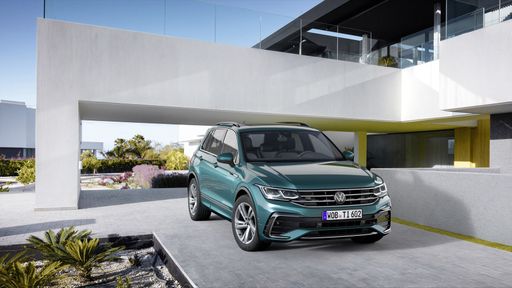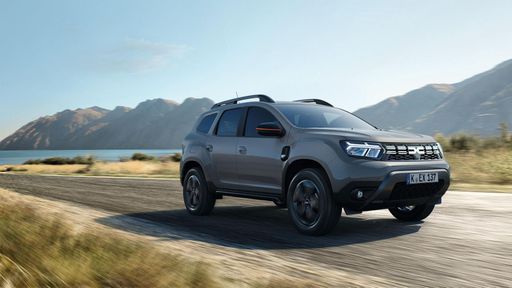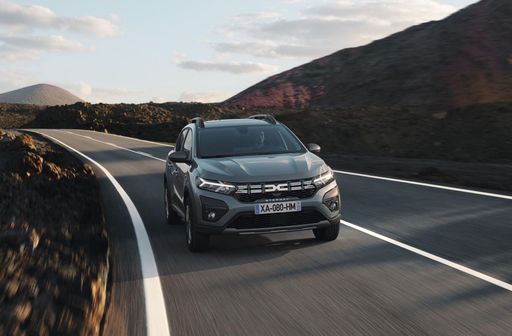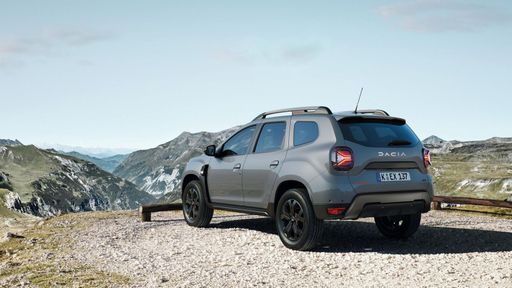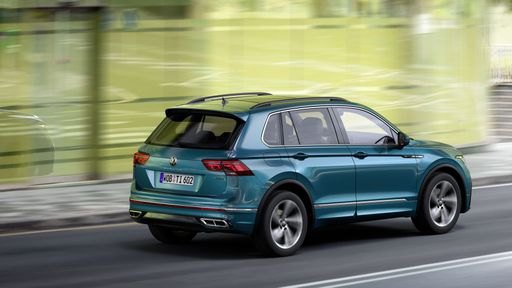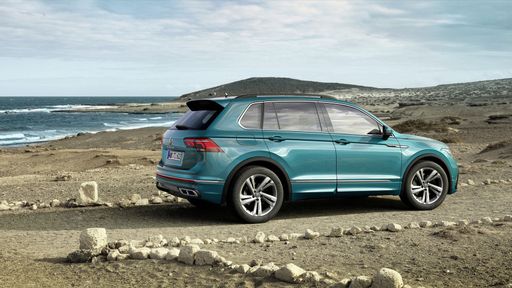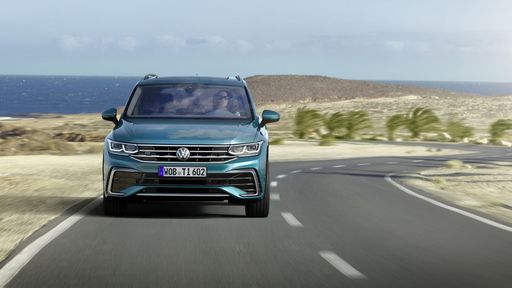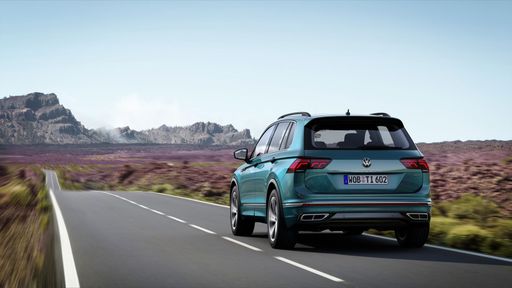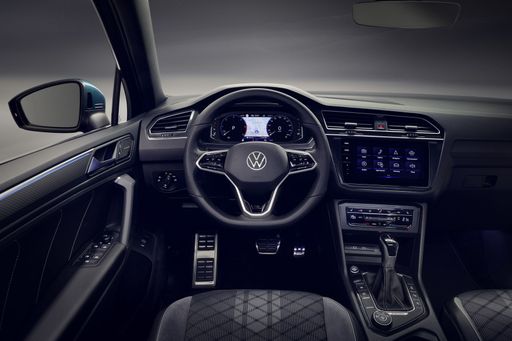Introduction: Battle of the SUVs
When considering the SUV segment, the Dacia Duster and Volkswagen Tiguan are two names that often come up. While they cater to similar market segments, their offerings differ significantly in terms of performance, features, and value. In this article, we will delve into a head-to-head comparison of these two popular SUVs, examining their technical specifications, innovations, and overall driving experience.

